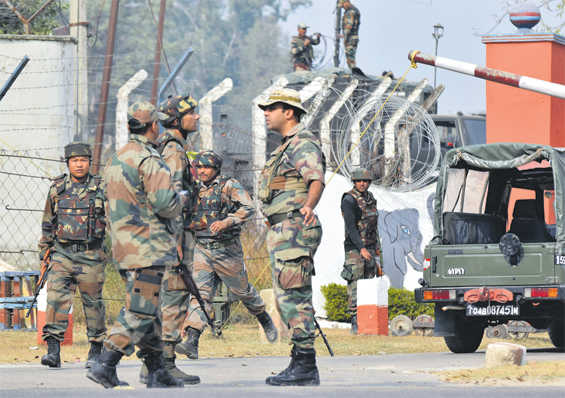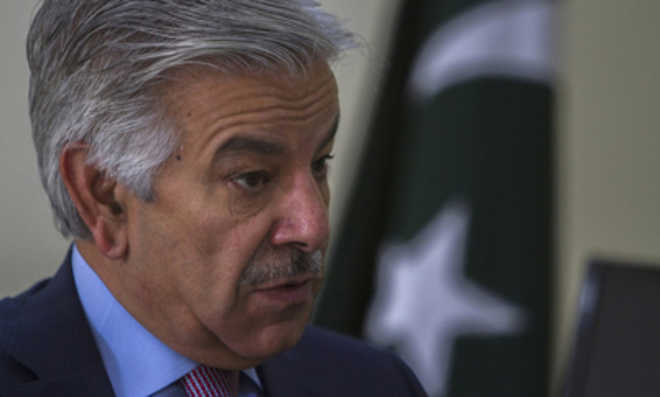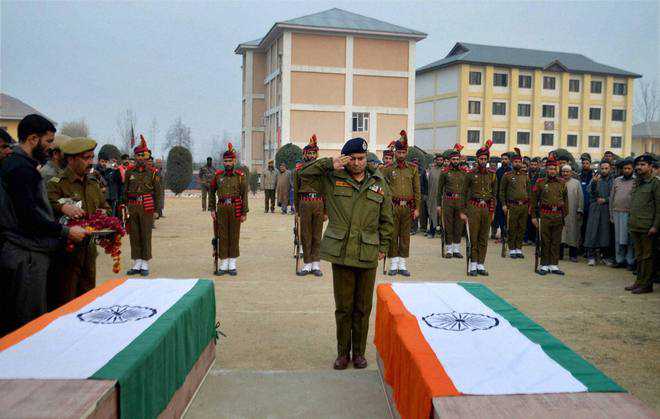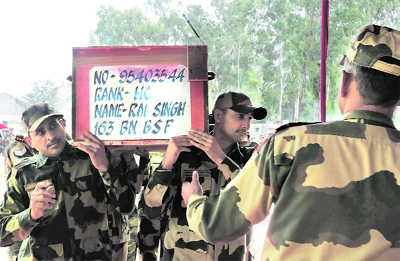Tribune News Service
New Delhi, December 12
The Navy, Coast Guard, Air Force, Army and the National Disaster Relief Force (NDRF) have been deployed in strength to undertake relief and rescue operations as cyclone Vardah made a landfall near Chennai in Tamil Nadu this afternoon.Naval ships Shivalik and Kadmatt sailed out from Visakhapatnam in Andhra Pradesh early Monday morning to Chennai to augment relief efforts the Navy said.The ships are carrying medical teams, divers, inflatable rubber boats, integral helicopter, and relief material that includes food, tents, clothes, medicines and blankets etc.Additional naval ships have been kept on standby to supplement efforts for undertaking Humanitarian Assistance and Disaster Relief (HADR) operations, should the situation demand, the Navy said.Besides 10 diving teams stationed on the Shivalik and Kadmatt ships, the Navy has readied six diving teams for immediate deployment in consultation with the state administration.The Indian Coast Guard are also on standby. Its two ships are out at sea. “All necessary rescue materials have been kept on standby at all Coast Guard stations along the coast across these states. Coast Guard Regional Headquarters East at Chennai is closely coordinating with the state administration for rendering assistance if sought,” the Coast Guard said. The NDRF has kept ready eight flood rescue teams comprising more than 250 members. Equipped with 23 inflatable rubber boats and communication equipment, these have been pre-positioned in coastal areas of Andhra Pradesh.The Army personnel on ground will be crucial as the helicopters of the IAF, Army, Navy and the Coast Guard will not be able to fly till weather is okay.
Arrangements made
- Naval ships Shivalik and Kadmatt sailed out to Chennai to augment relief efforts in Tamil Nadu
- The NDRF has kept ready eight flood rescue teams comprising more than 250 members
- On ground, the Army columns have been sent out with trucks, boats, rations and rescue equipment





















































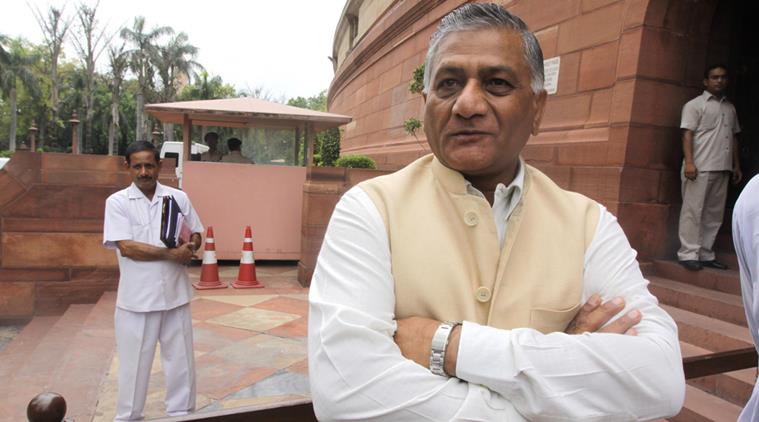 V K Singh made 11 trips while D V Sadananda Gowda made 17.
V K Singh made 11 trips while D V Sadananda Gowda made 17.